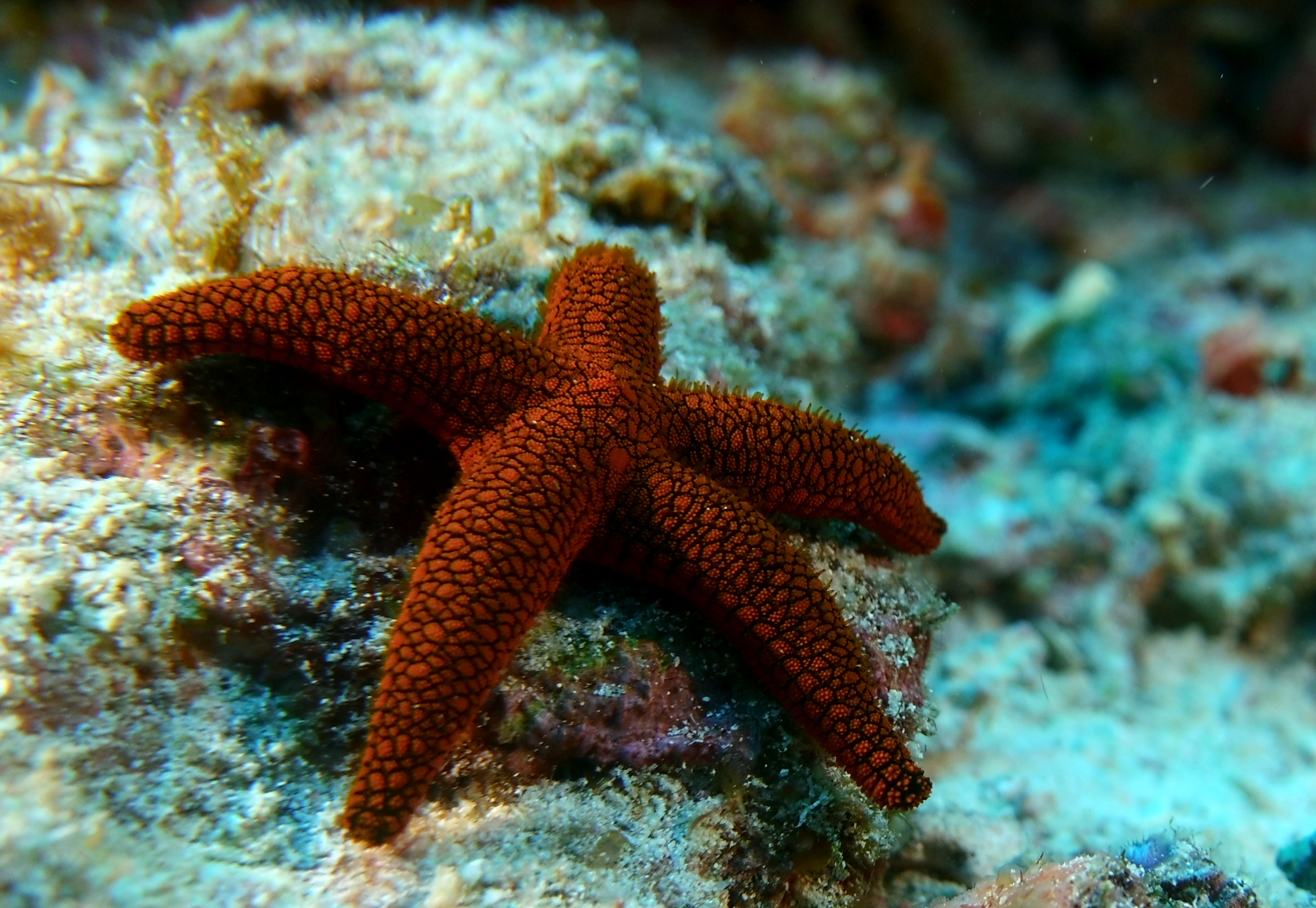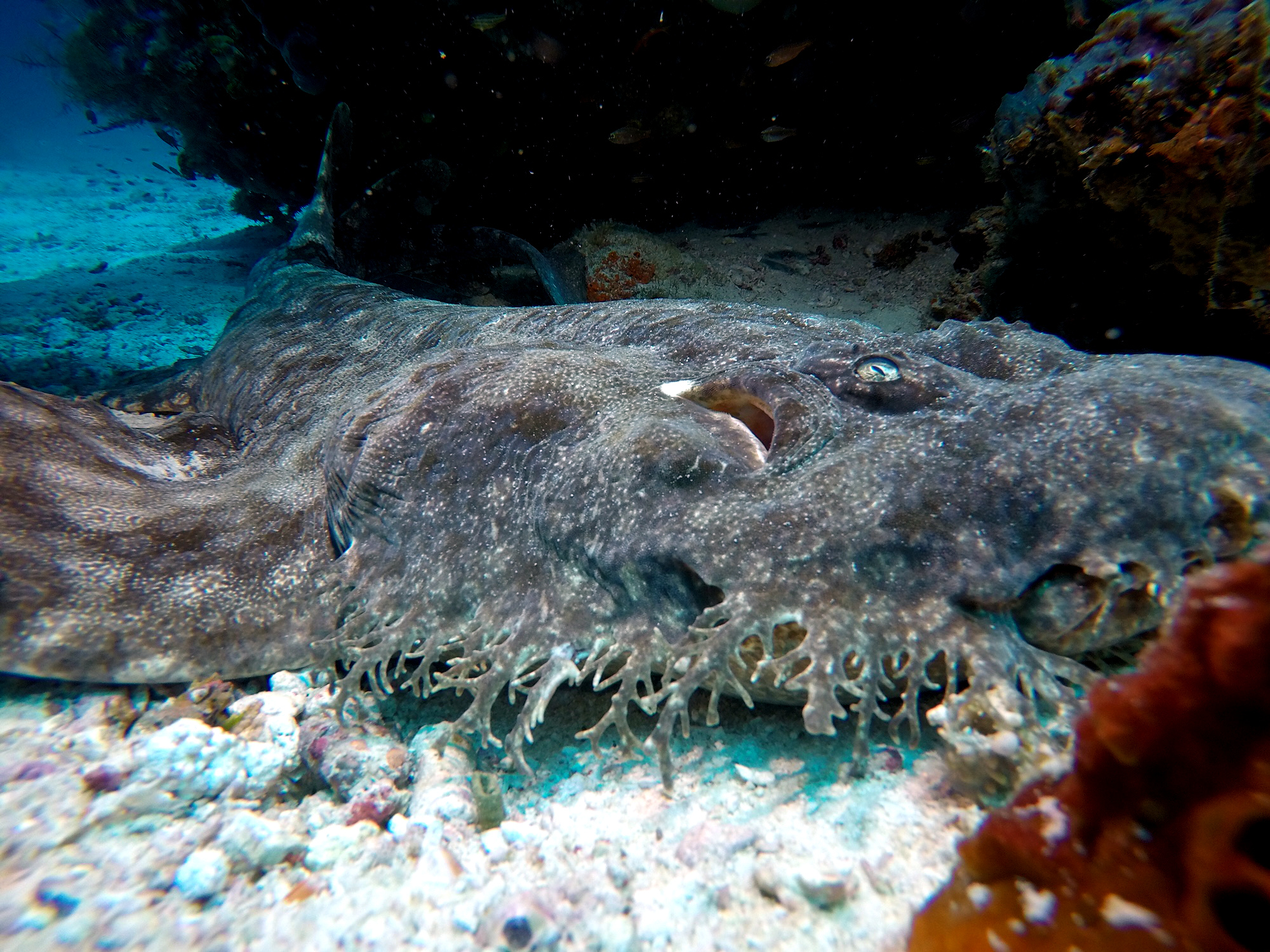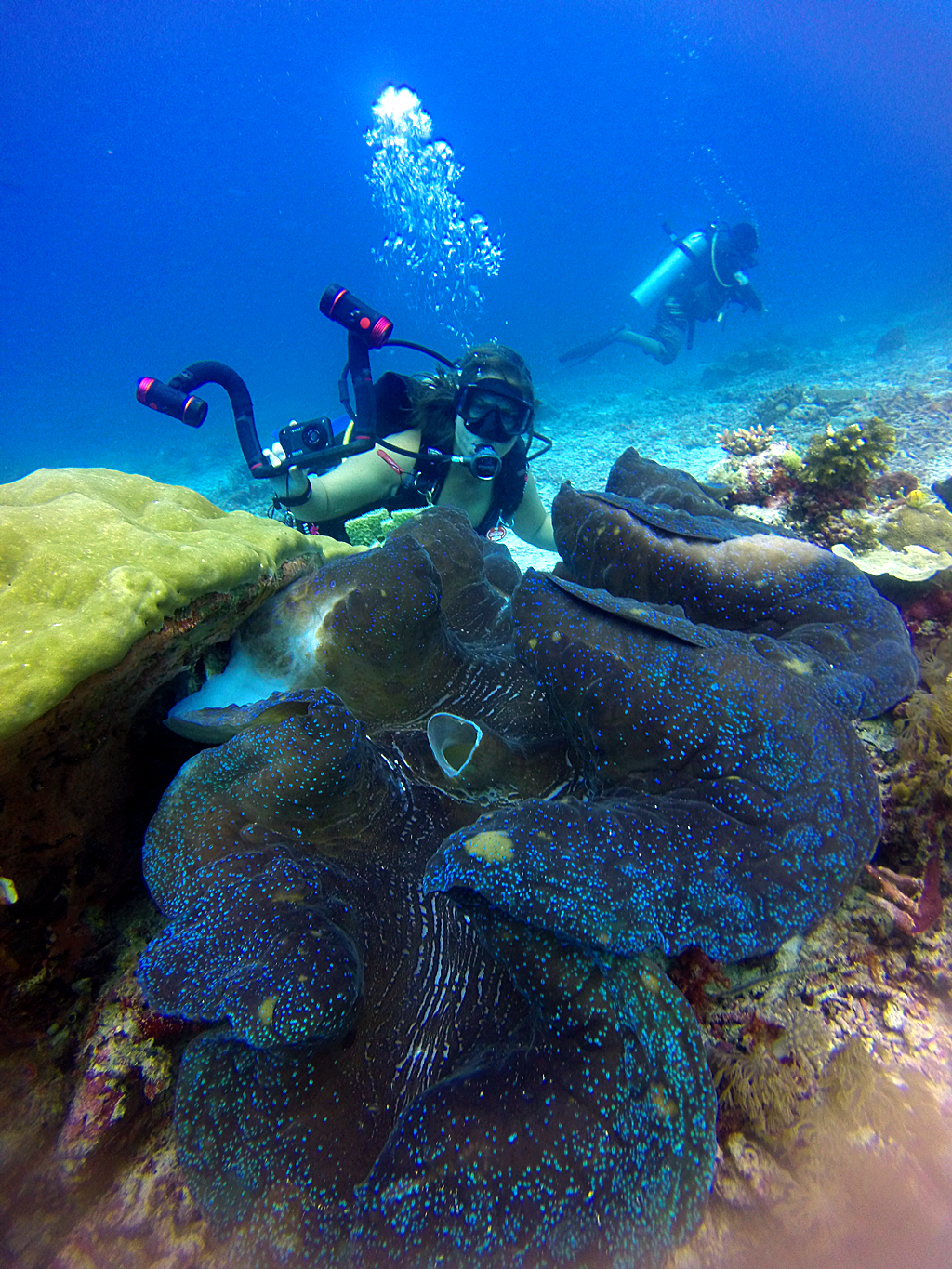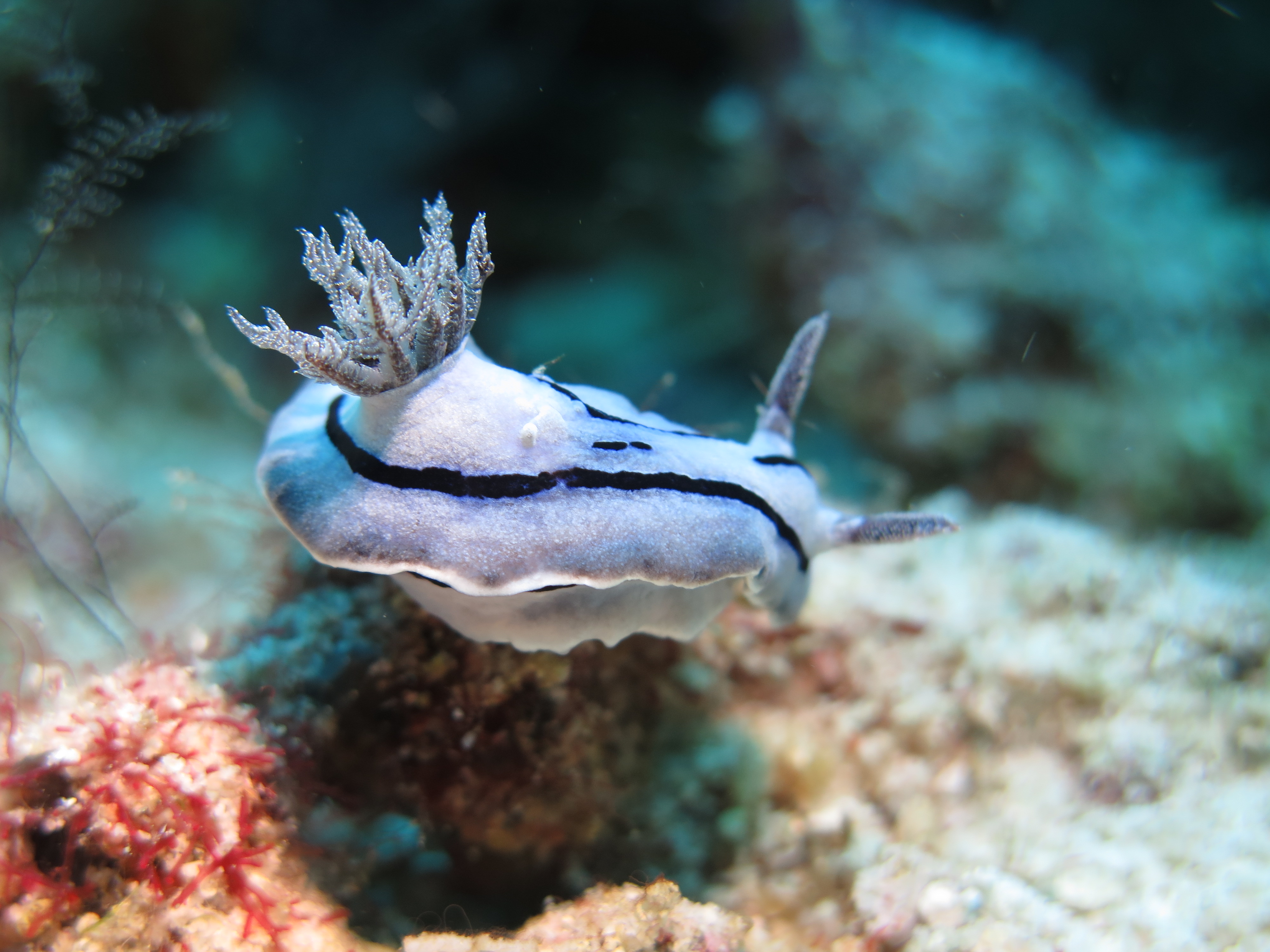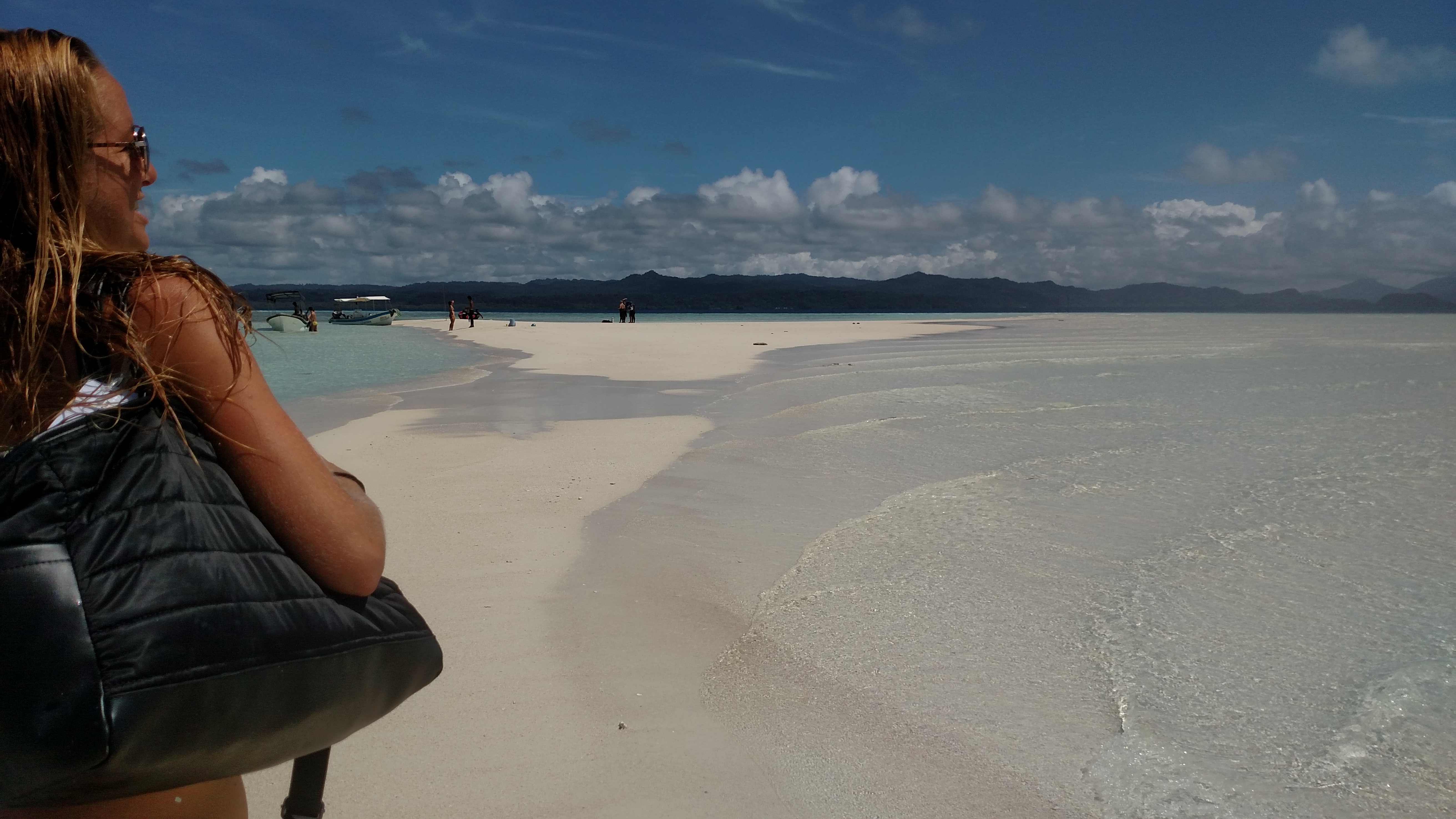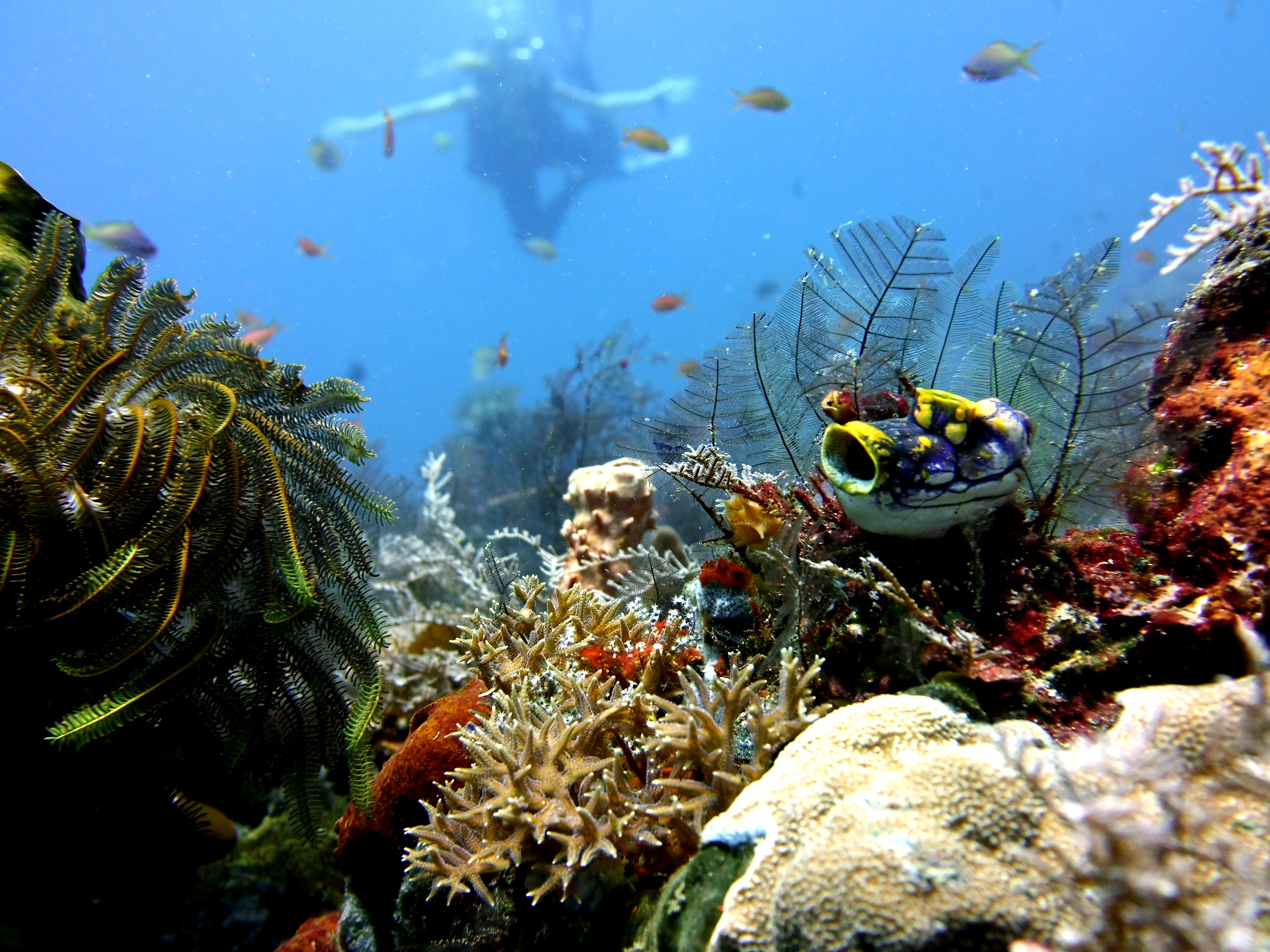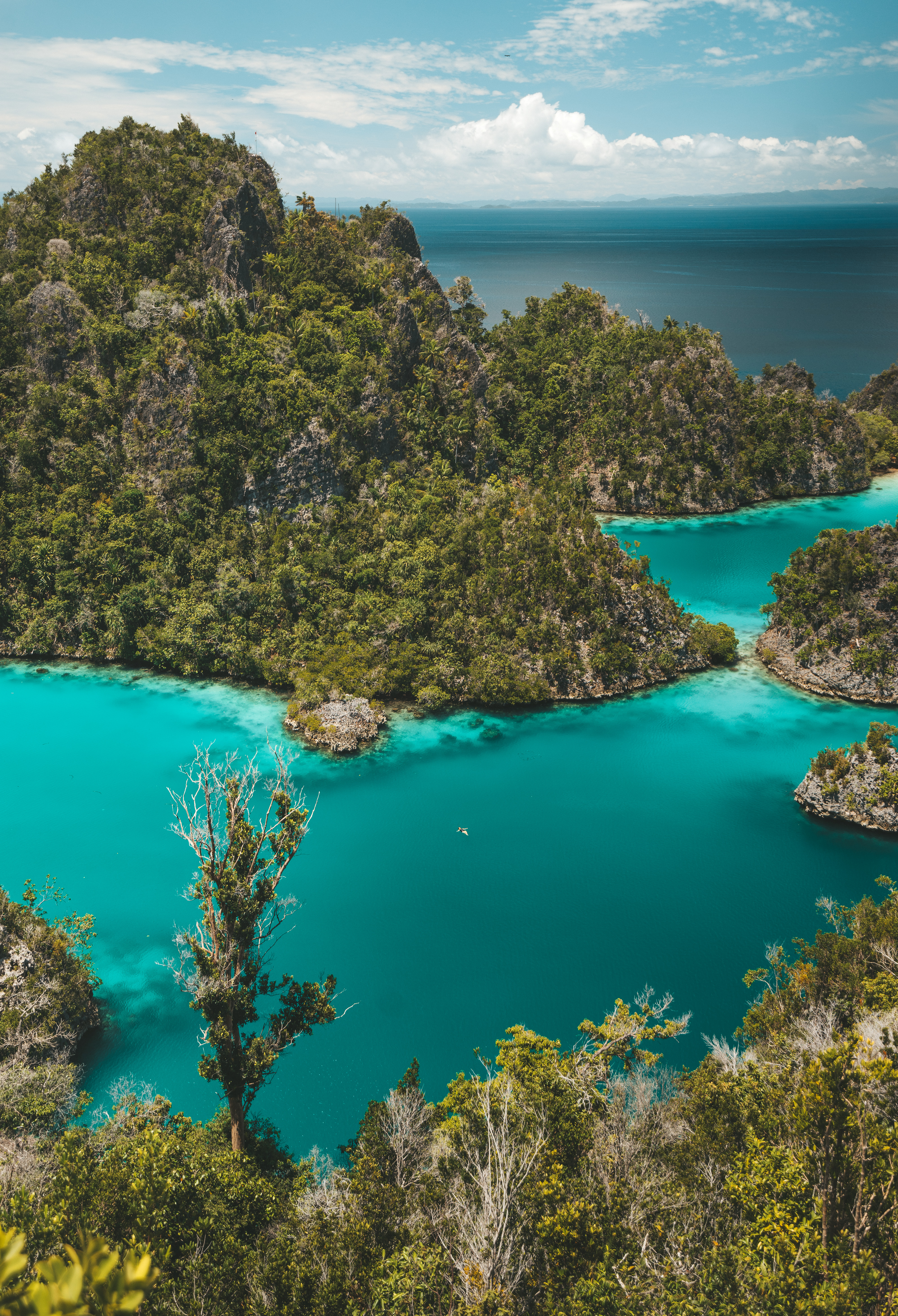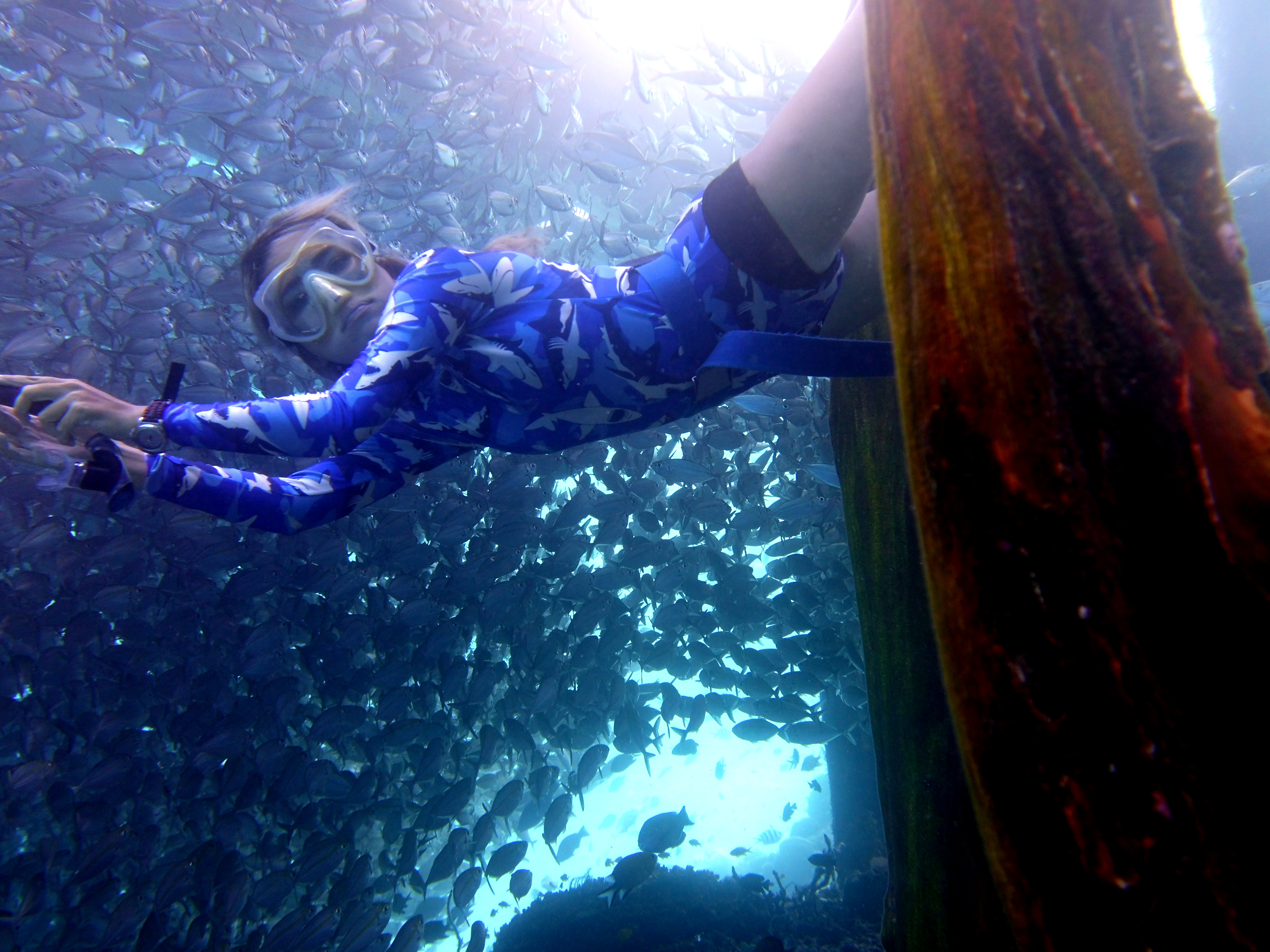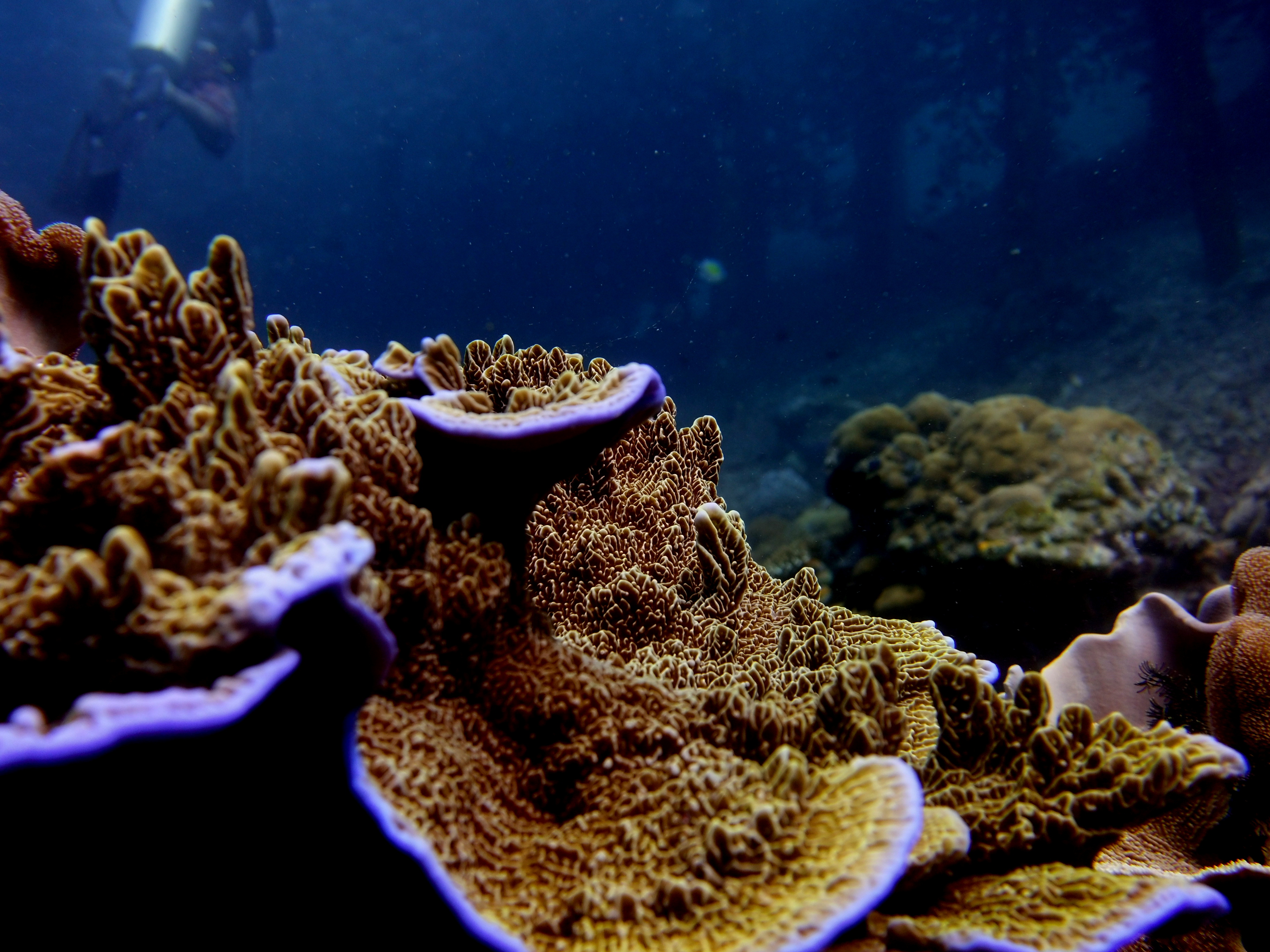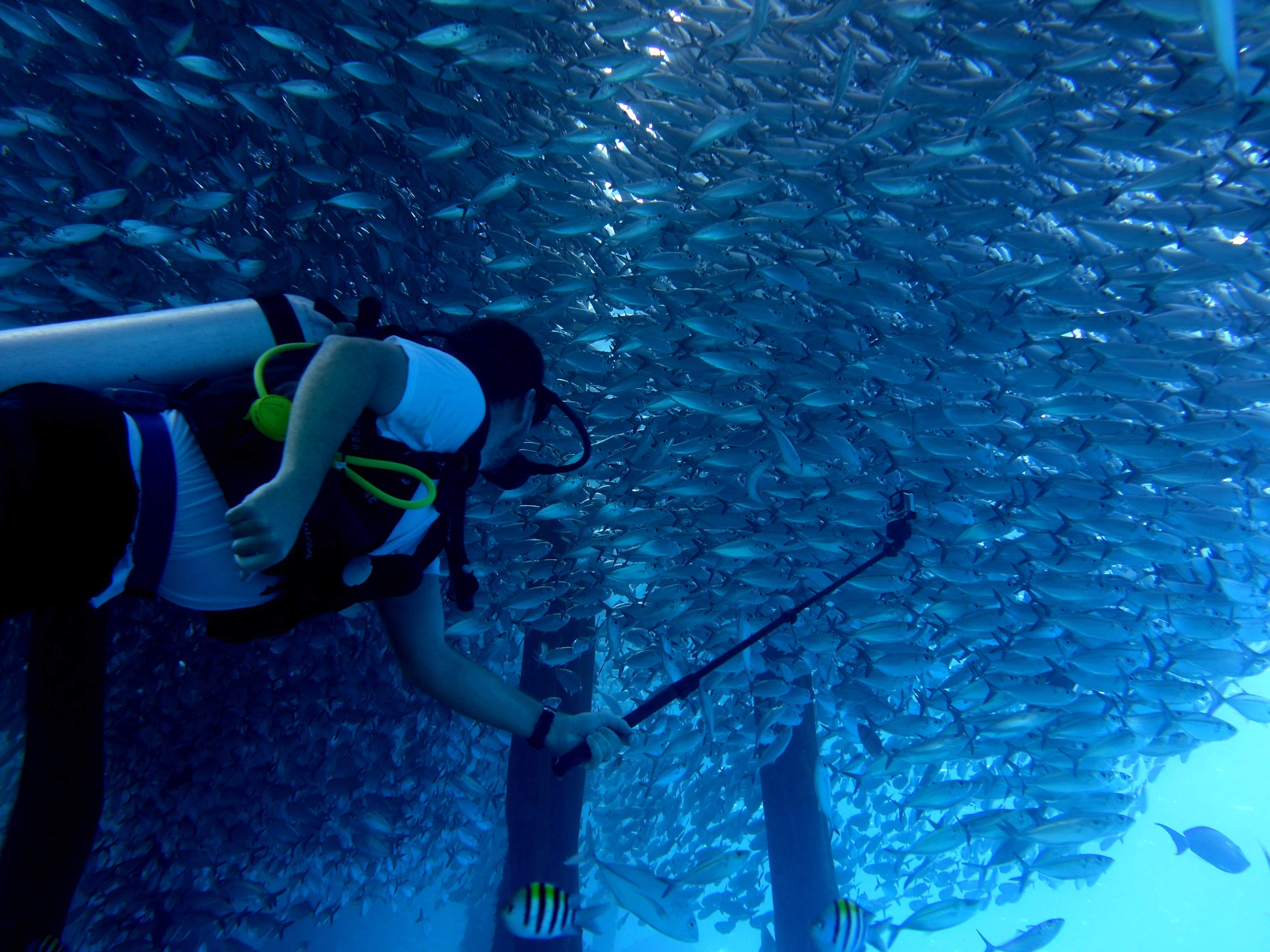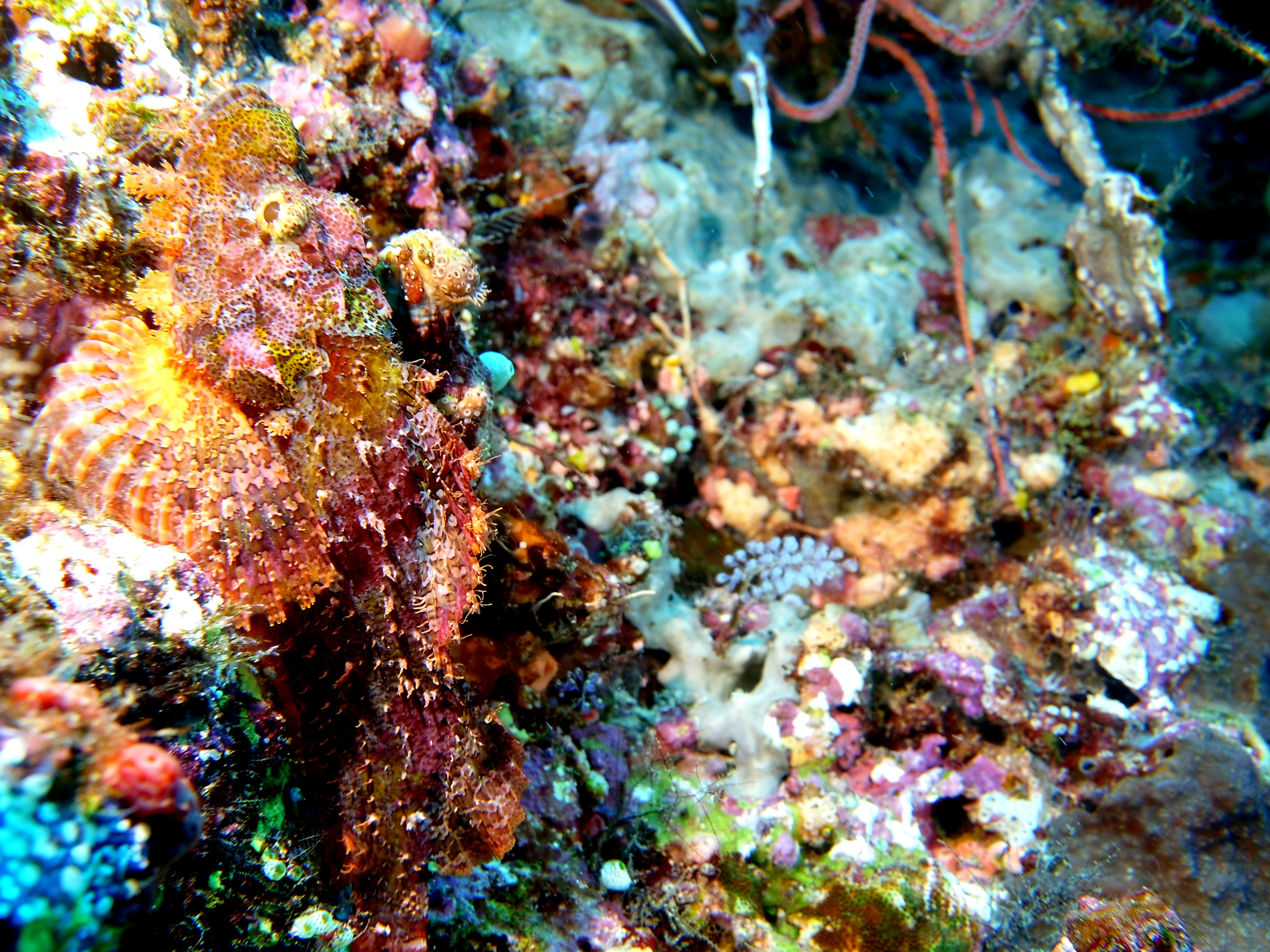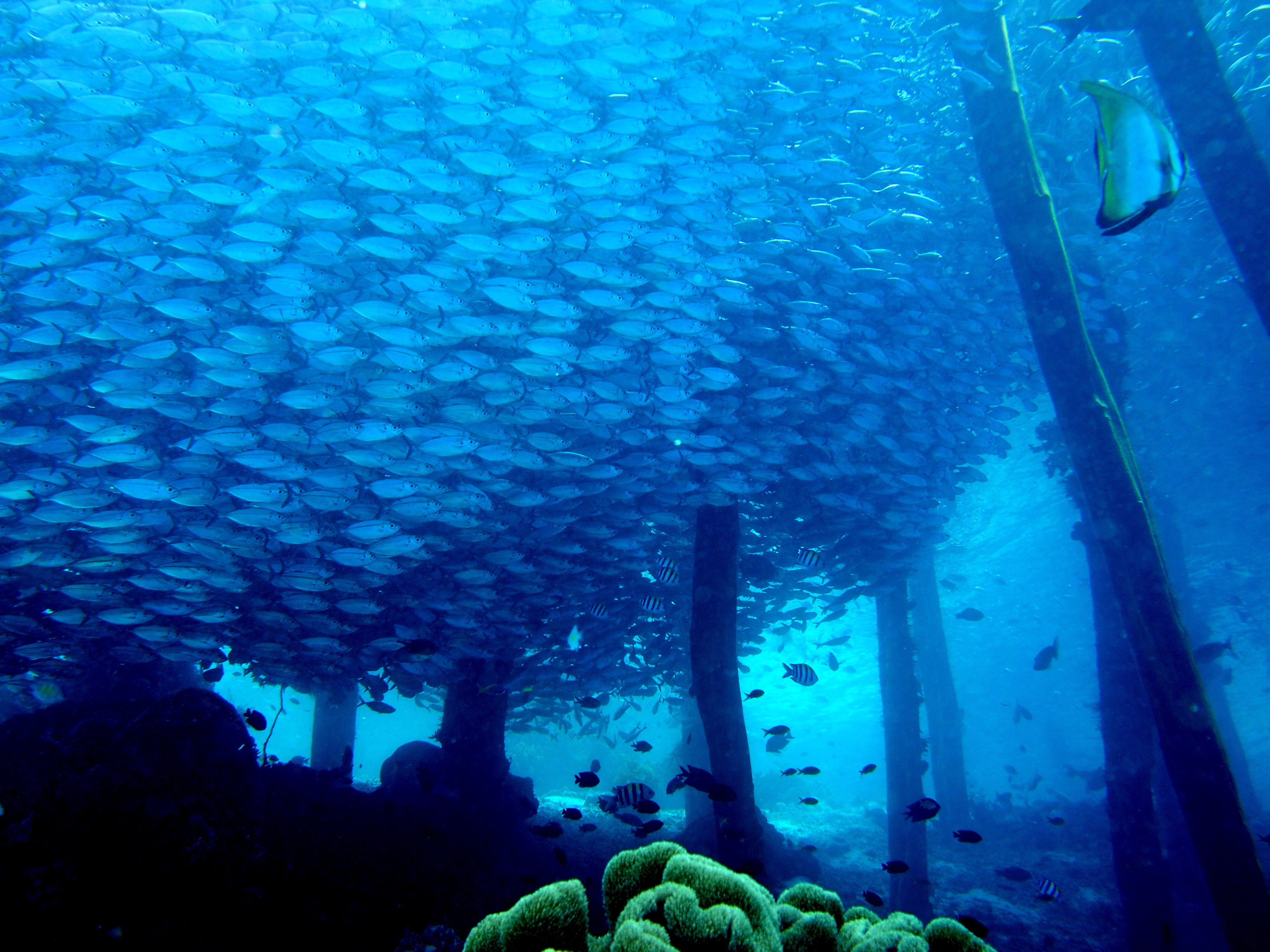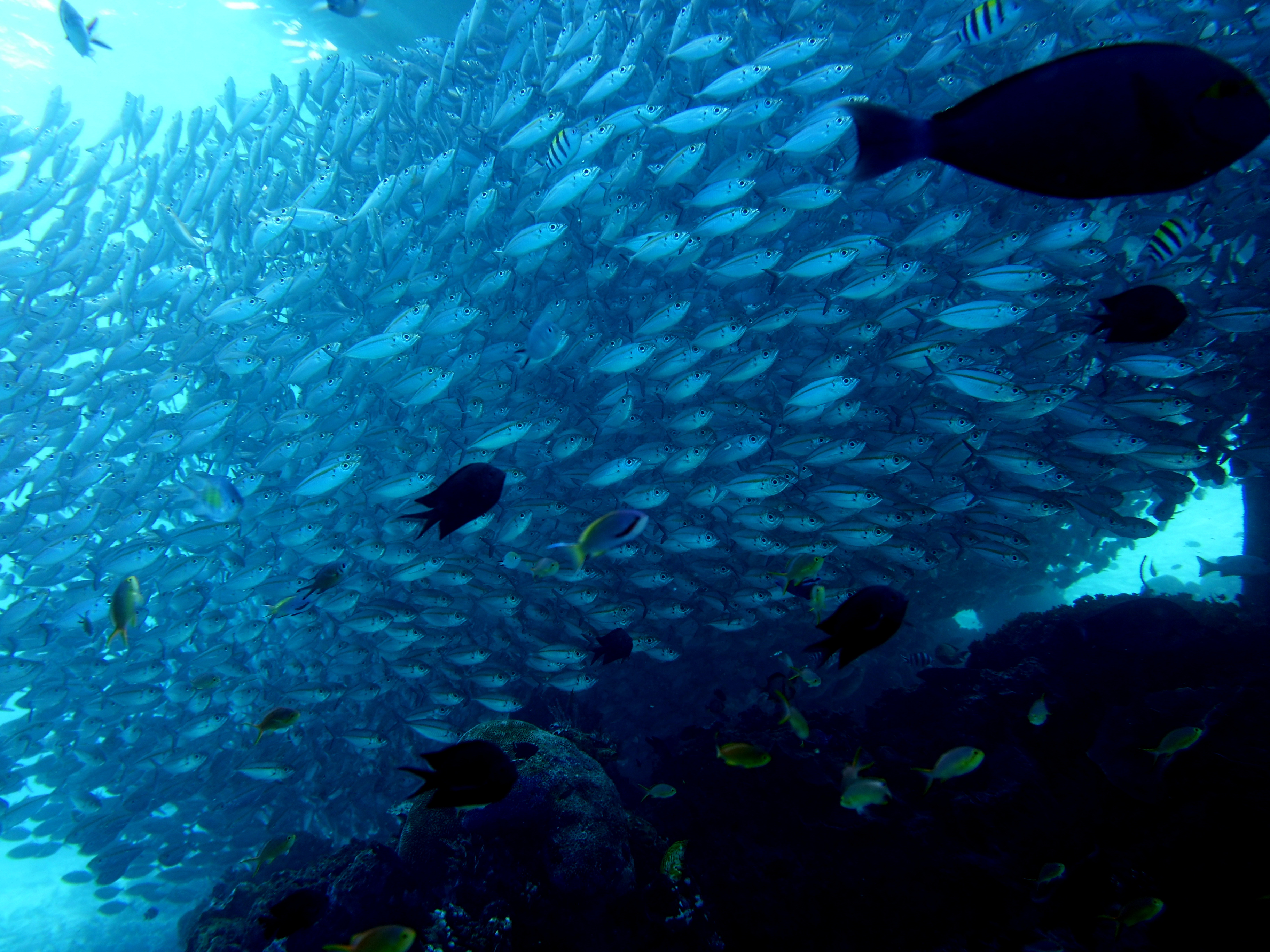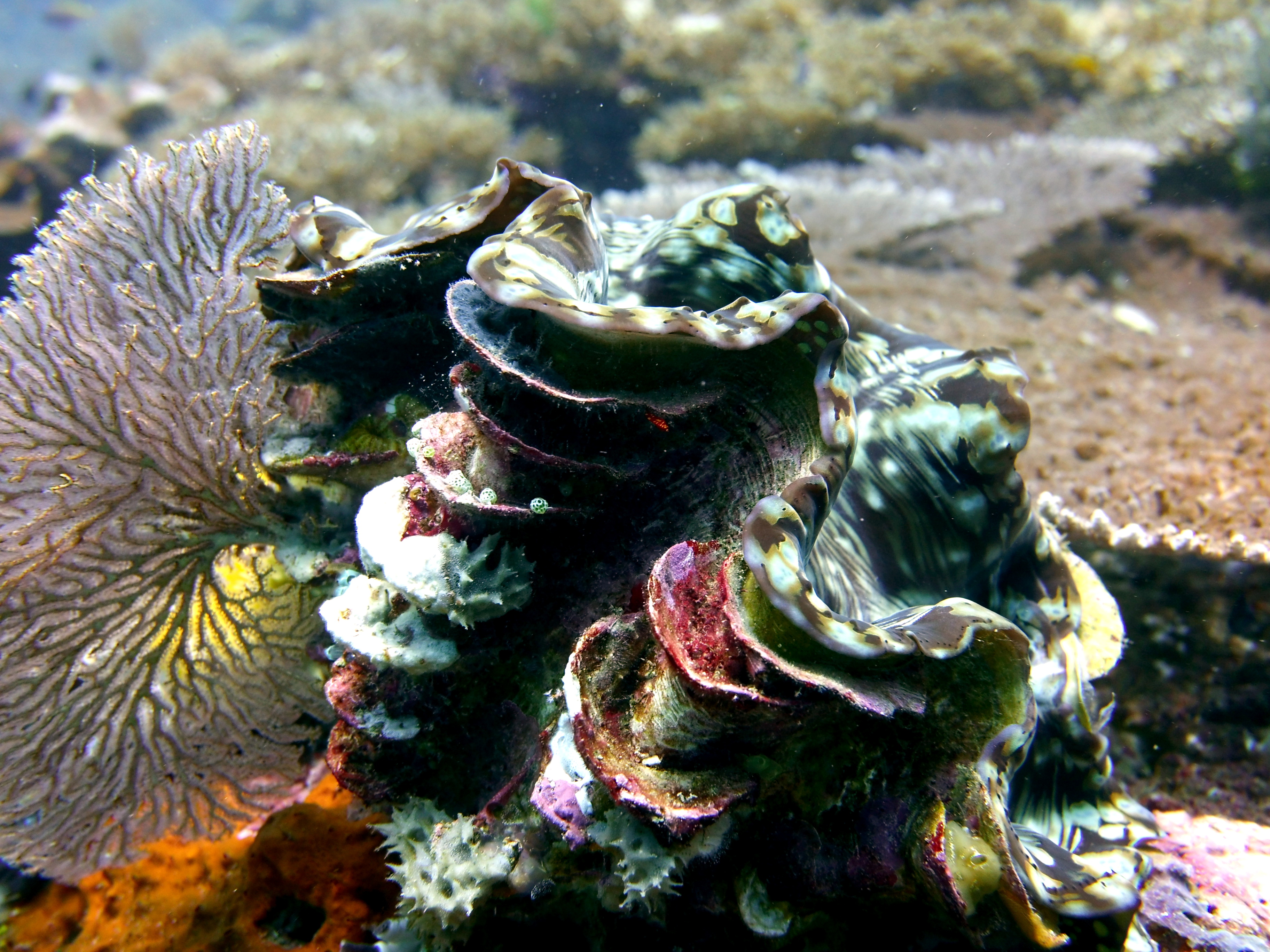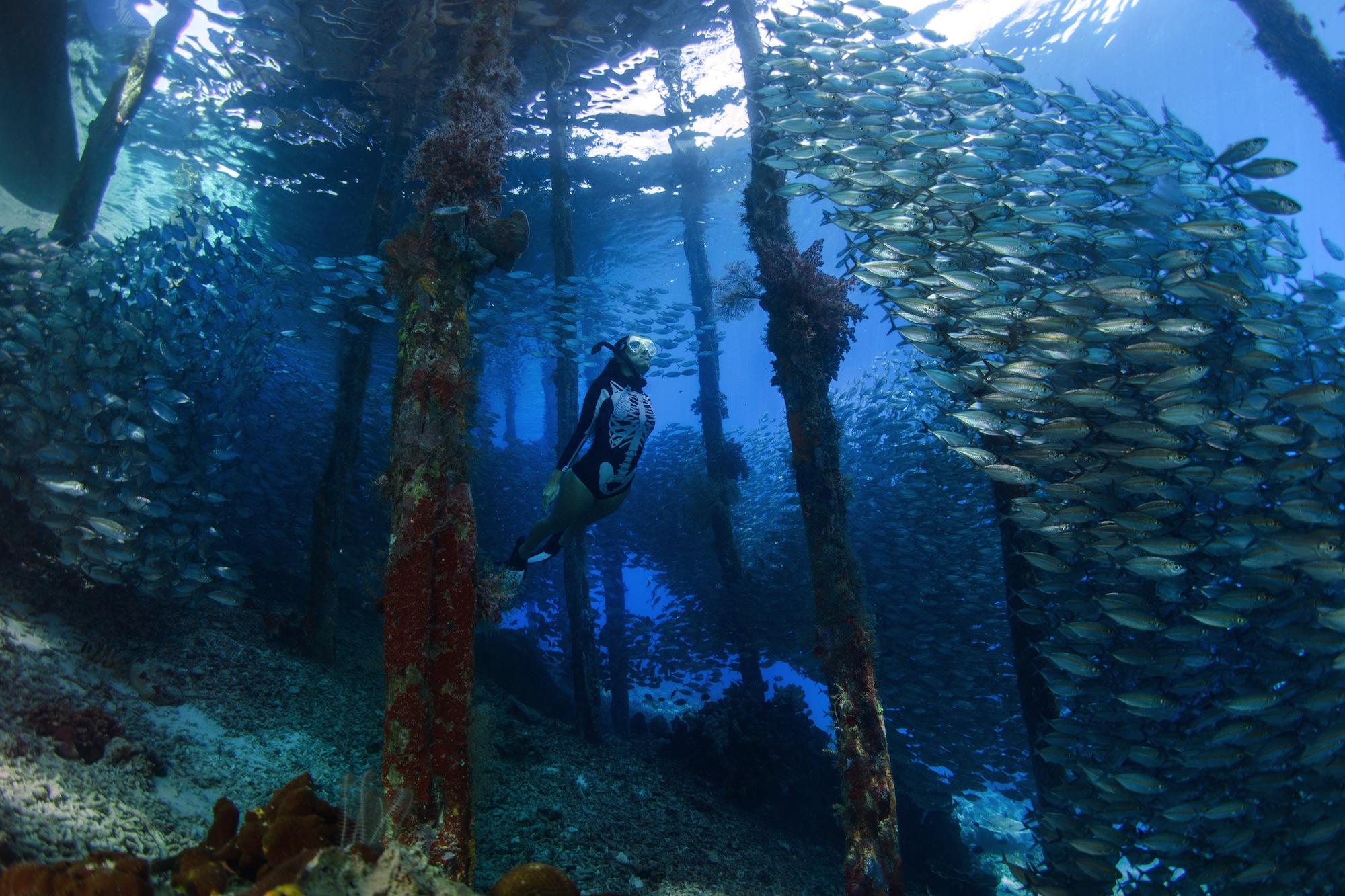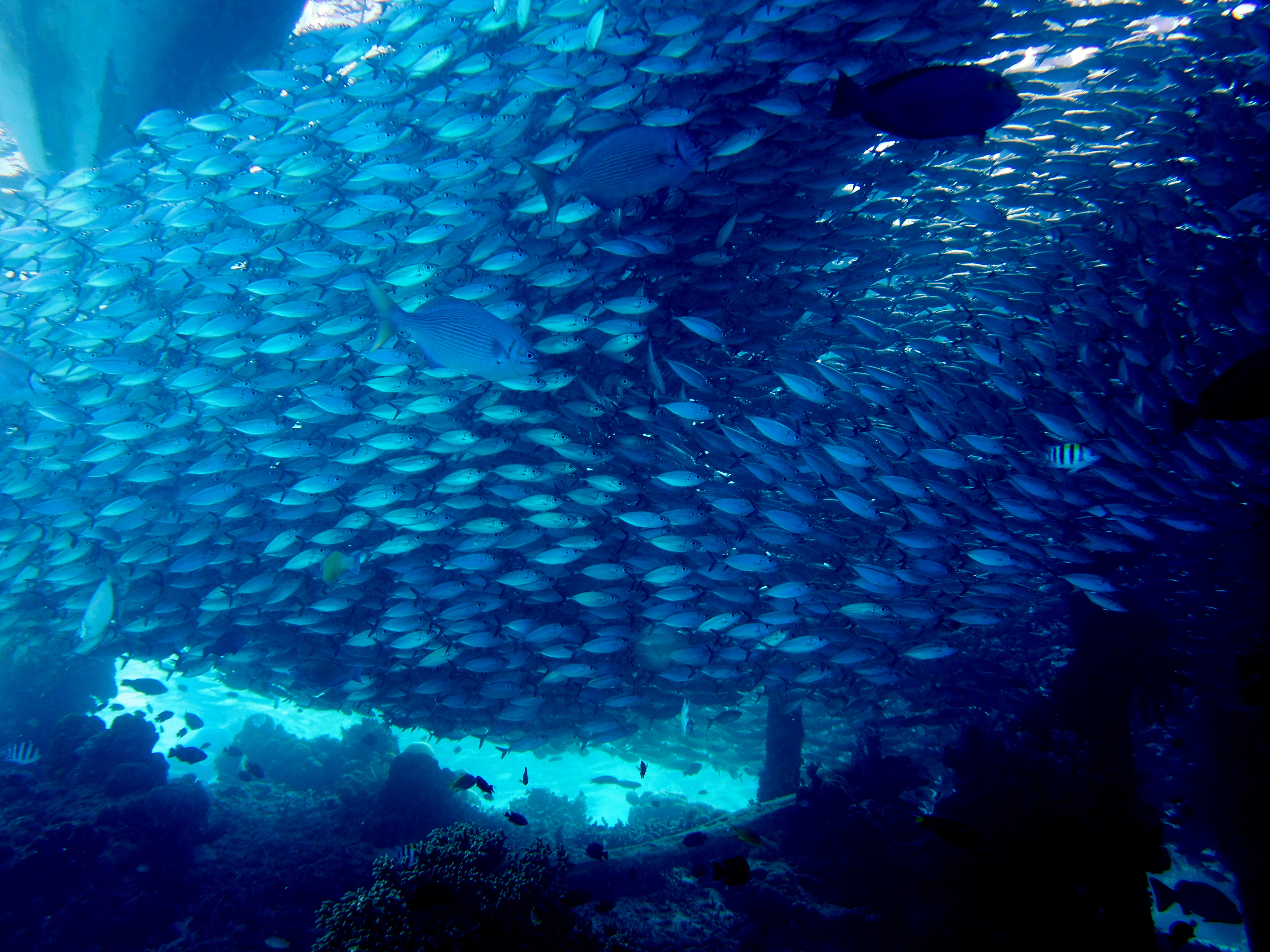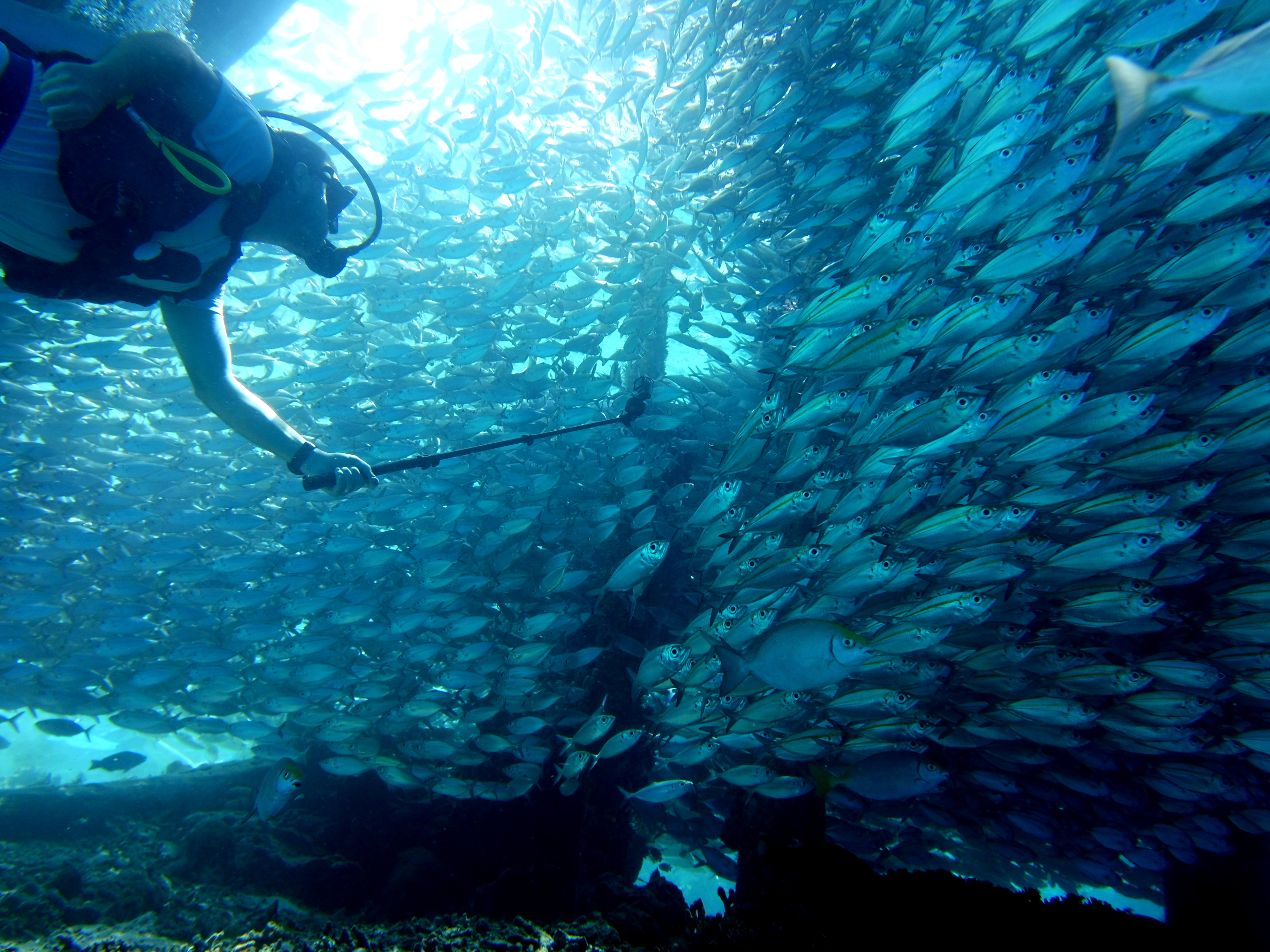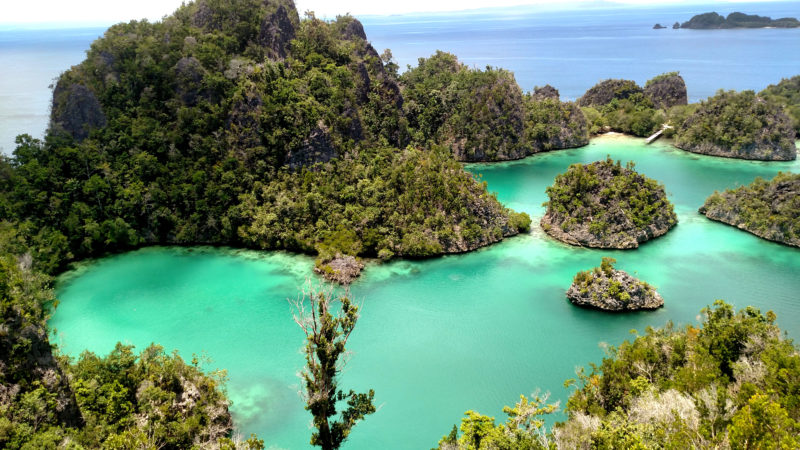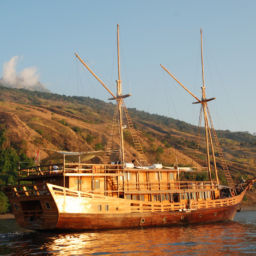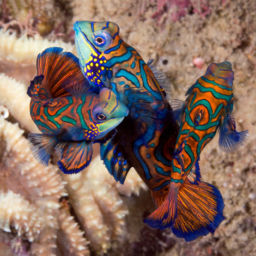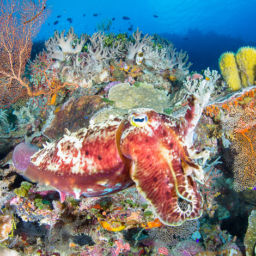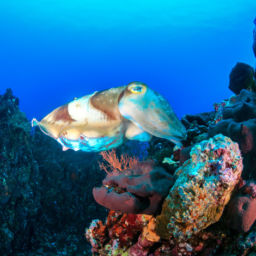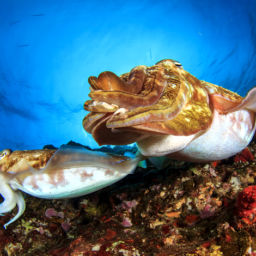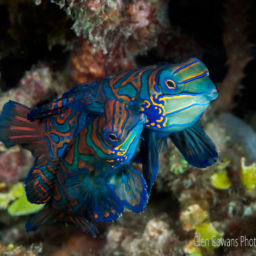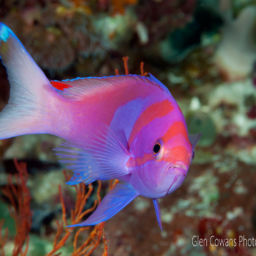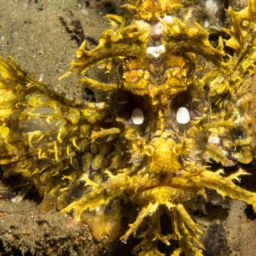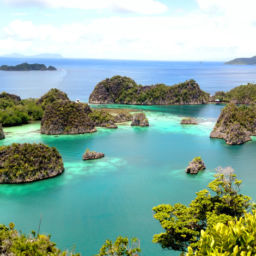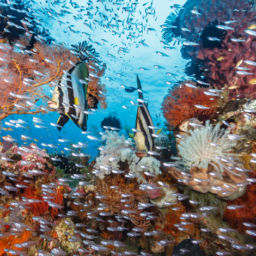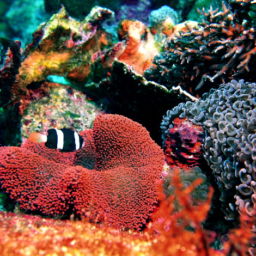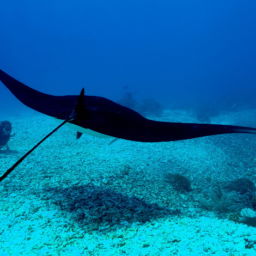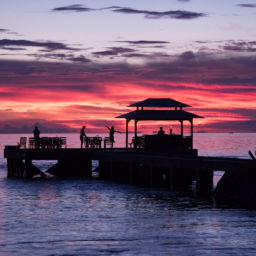Video by Justin from Art of Scuba Diving
By the time my dive buddies and I arrived in Raja Ampat, we had already experienced some of the world’s best diving in Alor and Komodo. We’d battled the currents in both locations and danced with mantas. We hiked with dragons and floated in colorful, wild aquariums that left us stunned. What could the scuba diving in Raja Ampat possibly offer that we hadn’t yet experienced?
As it turns out, quite a lot. Just as with Alor and Komodo, getting to Raja Ampat was no small feat. We took four different planes, a bus, and a boat to finally arrive at the Raja Ampat Dive Resort, a rustic place in the middle of a rural area surrounded by lush, green foliage and sparkling blue waters. Don’t expect Wi-Fi or much to do other than diving or communing with nature. Fortunately, that’s what we were there to do.
Top on my list to see here were wobbegongs, a shark species I’d yet to encounter, and one that calls Indonesia — particularly Raja Ampat— home. I’ll spare you a dramatic build up and reveal: we saw lots of wobbegongs, along with the largest schools of various fish I’d ever seen anywhere in the world. In no particular order, here are a few of my favorite dive sites in Raja Ampat.
Melissa’s Garden
This aptly named site is hidden between three small islets. It’s roughly 10 to over 100 feet deep (3 to 35 m). The shallower areas are home to gorgeous coral gardens, while in the deeper waters you can find wobbegongs, huge barracuda, and giant clams big enough for you to sleep inside.
Mioskun
This wall dive offered more wobbegongs lying in wait under coral overhangs, titan triggerfish, schools of snappers and, if you looked intently, pygmy seahorses on sea fans. This dive can be as deep as you want it to be, but we all stayed around 60 to 70 feet (18 to 21 m). We moved against the current along the wall and then back again working our way up.
Cape Kri
This was by far the best, most diverse, and deepest dive I did in Raja Ampat. We broke the 120-foot mark (37 m) at the beginning of the dive while we were distracted by the massive schools of fish that you could easily get lost in. The site consists of a steep sloped wall absolutely covered in coral. Out in the blue, divers are likely to see scores of barracuda, surgeons, sharks, and possibly mantas. The sheer number of sweetlips, trevallies, mackerel and so many more left us feeling overwhelmed. To truly experience this dive site, you must dive it multiple times.
Arborek Jetty
Snorkeling, diving, or freediving, the Arborek Jetty gives you an underwater glimpse of the marine life that sustains Arborek village. Jacks congregate by the jetty in unimaginable numbers, just begging for amazing shots or video. The possibilities for photography here are limited only by your imagination. Deeper into the waters, divers will find more giant clams and a small but bustling reef system that mirrors the larger ones elsewhere in Raja Ampat.
Topside in Raja Ampat
If you look up Indonesia online, and particularly Raja Ampat, you’ll see some iconic images of aquamarine waters surrounding lush, rounded islands. Most likely, you’re looking at Piaynemo. It’s an iconic view in Raja Ampat and a visit here wouldn’t be complete without taking in that view firsthand. Don’t just look at it, jump in the water for a swim too.
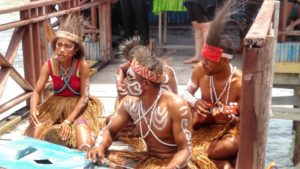 Our group also visited the Arborek village. Residents greeted us with a dance, after which we danced with them through the village and had lunch. This was the third village we visited to witness local, tribal heritage dancing — one in each location of Komodo, Alor, and Raja. While I was a bit ambivalent regarding the possible exploitation of the local people, I recognize that they are making a living by showing visitors their heritage and selling various items in their villages. If you do visit, please be respectful and please consider buying souvenirs there instead of at the larger airports or in larger cities.
Our group also visited the Arborek village. Residents greeted us with a dance, after which we danced with them through the village and had lunch. This was the third village we visited to witness local, tribal heritage dancing — one in each location of Komodo, Alor, and Raja. While I was a bit ambivalent regarding the possible exploitation of the local people, I recognize that they are making a living by showing visitors their heritage and selling various items in their villages. If you do visit, please be respectful and please consider buying souvenirs there instead of at the larger airports or in larger cities.
If you’re planning on scuba diving in Raja Ampat, prepare to feel humbled among and outnumbered by the multitudinous, divers marine life you’ll be plunging into. Though this writer and diver couldn’t have been happier with the experience, I left wanting more and more. Give yourself enough time to truly experience Raja Ampat. That’s the best advice I’ve got for people thinking about visiting. Oh, and bring your senses of wonder and awe… you’re going to need them.
For more on diving and travel in Indonesia, visit Wonderful Indonesia.


